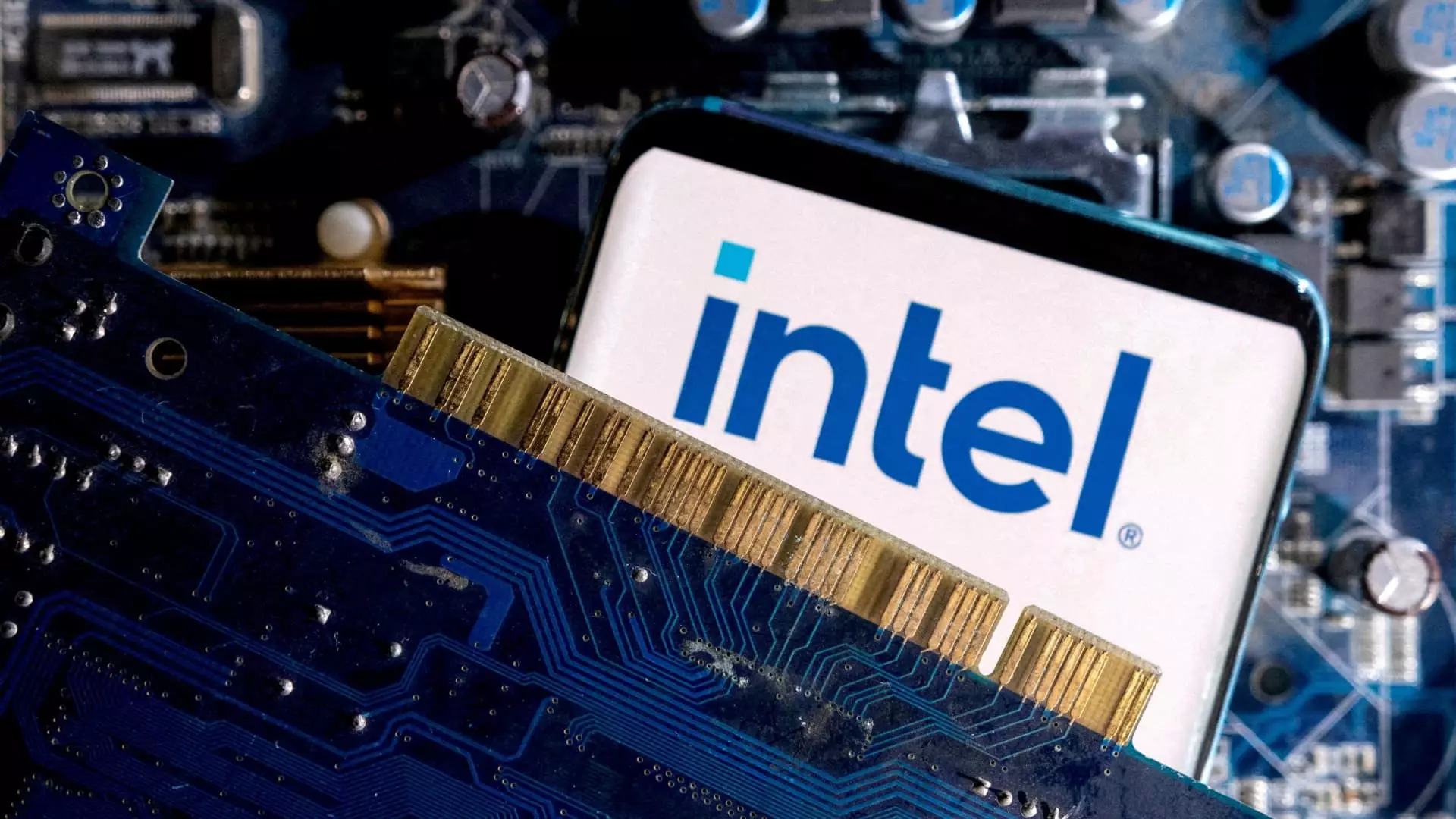On Tuesday, Intel Corporation’s shares experienced a notable uptick, climbing over 10% after reports surfaced from the Wall Street Journal regarding potential acquisition discussions by major players such as Broadcom and Taiwan Semiconductor Manufacturing Company (TSMC). These prospects signal a pivotal moment for Intel, an iconic figure within the semiconductor industry, which has faced a series of setbacks in recent years. The developments suggest that Broadcom may be eyeing Intel’s chip design and marketing operations, while TSMC could be considering a more substantial role, potentially aiming for full control over Intel’s manufacturing facilities. However, it is crucial to note that these conversations are largely informal, and no formal bids have yet been put forward.
Intel’s journey towards a technological renaissance has been fraught with challenges. The company’s decline has been stark, shedding billions in market capitalization over recent years. The failure to fully capitalize on the surging interest in artificial intelligence has contributed significantly to its downward trajectory. In August, Intel faced its most challenging day in half a century, with the stock plummeting to its lowest levels since 2013. This fallout was exacerbated by disappointing quarterly results that led to unsettling decisions within the organization, including a drastic 15% reduction in the workforce, further underscoring the company’s struggle to regain its footing.
Another layer of complexity in Intel’s narrative is the turmoil within its leadership. The removal of CEO Pat Gelsinger in December reflects the board’s diminishing confidence in his strategies to revive the company. As industry competitors like Qualcomm began circling, expressing interest in a potential takeover, it became increasingly clear that swift action was necessary. This environment of uncertainty has led to a decrease in investor confidence, which, in turn, affects stock performance and market sentiment.
Despite the turbulent climate, Intel’s share price has rebounded, showing an impressive 29% increase year-to-date following a staggering 60% drop in 2024. This recovery is not merely a reflection of potential acquisition speculation but also signifies market optimism that the company could navigate its way through its profound crisis. Investors and analysts are watching closely, considering whether new management, strategic partnerships, or even a complete overhaul of corporate strategy might allow Intel to reclaim its position in the semiconductor landscape.
As Intel contemplates its future, the stakes are higher than ever. With competitors rapidly advancing in technology, the company must act decisively and strategically to harness its legacy while adapting to a fast-evolving market. The interest from Broadcom and TSMC may be both a lifeline and a challenge, suggesting a path forward but simultaneously presenting questions about Intel’s future autonomy and identity. For now, the forthcoming months will be critical as Intel strives to reshape its narrative from one of decline to one of resurgence, ultimately determining its role in a fiercely competitive industry.

